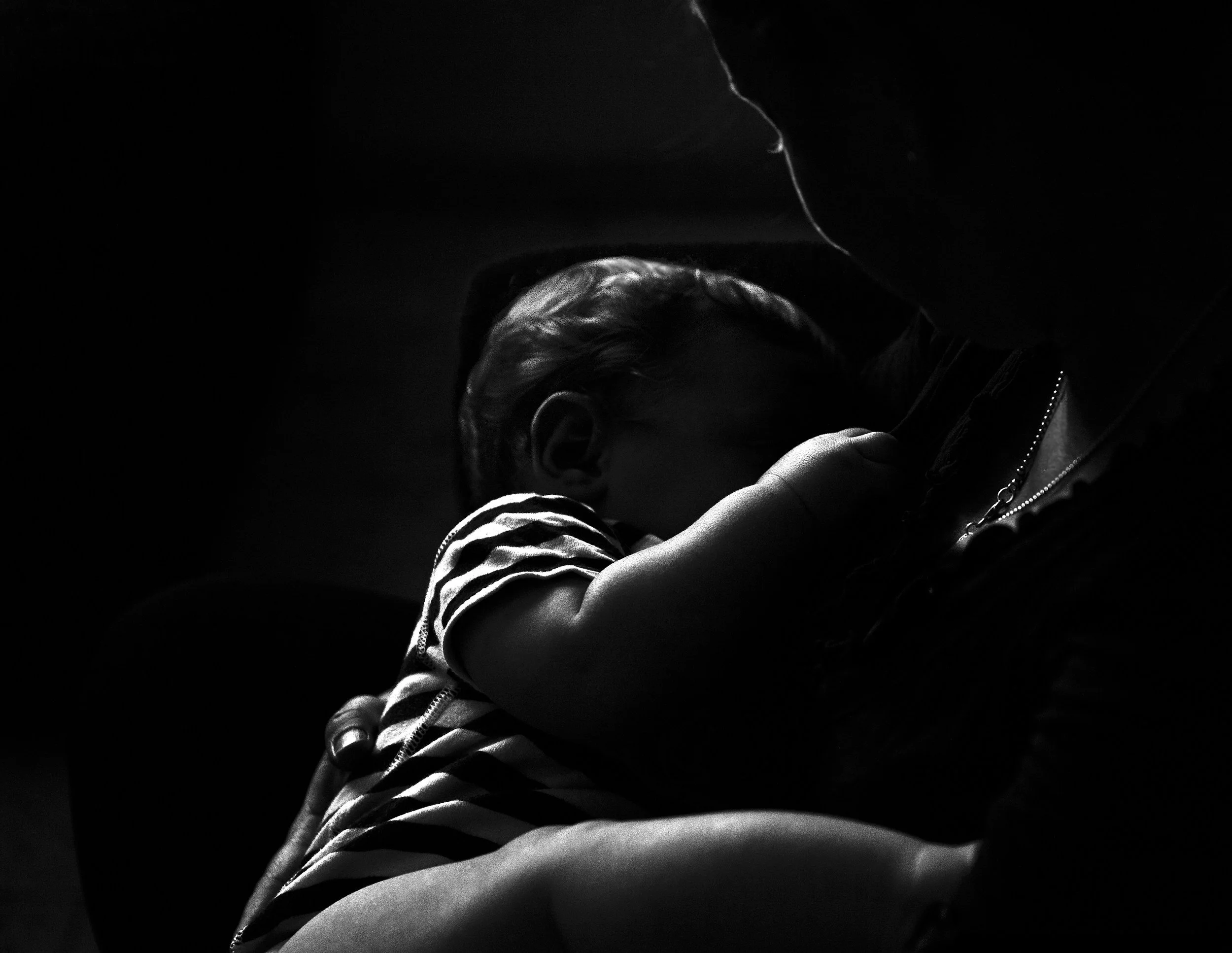EMDR for Birth Trauma: What to Expect in Therapy
For many, the reality of childbirth leaves lasting wounds. If your experience felt frightening, chaotic, or out of your control, you may be carrying the weight of birth trauma, but and it’s important to know that healing is possible.
In my Virginia based therapy practice, I use EMDR (Eye Movement Desensitization and Reprocessing), and Art Therapy to help moms process difficult birth experiences and reclaim a sense of safety in their bodies and minds.
What Is Birth Trauma?
Birth trauma isn’t defined by how things looked on paper; it’s defined by how you experienced them. You may have gone through a difficult or emergency birth, faced unexpected complications, had difficulties breastfeeding or felt a loss of control during labor or postpartum. Maybe medical interventions left emotional scars, you were separated from your baby, or your birth didn’t feel safe or supported. The effects of birth trauma can show up in many ways, including flashbacks, intrusive thoughts, anxiety or panic. You might feel emotionally numb, irritable, or shut down. It may be hard to bond with your baby, sleep well, concentrate, or feel like yourself again.
What Is EMDR Therapy?
EMDR is a structured trauma therapy that helps your brain and body reprocess distressing experiences, so they no longer feel overwhelming.
It uses bilateral stimulation—like tapping or guided eye movements—while you gently recall specific memories, emotions, or body sensations. This allows your nervous system to "digest" stuck experiences and file them away without the emotional intensity.
Why EMDR Works for Birth Trauma
Birth trauma lives in both the body and the mind, often showing up in ways that feel overwhelming or difficult to explain. EMDR therapy can help you feel safer when remembering your birth experience, release emotions like guilt, shame, or fear, and reduce the physical tension your body may still be holding. It supports the processing of intrusive memories and flashbacks and can help you begin to feel more connected to both your baby and your body.
What Happens in an EMDR Session?
Step 1: Foundation & Support
We start with safety and trust. We build skills to manage and regulate emotions before unpacking the trauma. These skills may include grounding exercises, breathwork, containment practices, or creative resourcing.Step 2: Identifying Targets
We work together to identify moments that feel most stuck—emotional flashes, beliefs like “I failed,” or even physical reactions that return when you recall your birth.Step 3: EMDR Processing
Using bilateral stimulation, we revisit memories while staying grounded in the present. The brain begins to link those moments with new, more adaptive beliefs (e.g“I’m safe now” or “I did what I could.”)Step 4: Integration & Growth
As the memory loses its emotional charge, we focus on integrating the adaptive belief into your daily life and continuing your healing journey.
Why Choose EMDR Therapy in Virginia?
I specialize in trauma, perinatal mental health, birth trauma, and eating disorders, offering a compassionate, trauma-informed space for moms navigating difficult postpartum experiences.
Whether you're weeks or years postpartum, you deserve care that acknowledges the complexity of your story. I offer:
In-person sessions in Reston, VA
Secure virtual EMDR therapy across Virginia
You don’t have to this alone.

